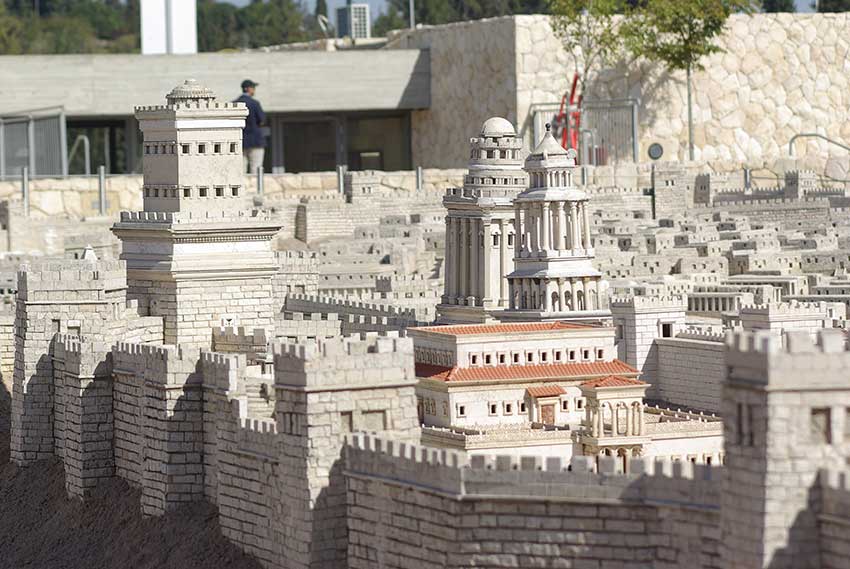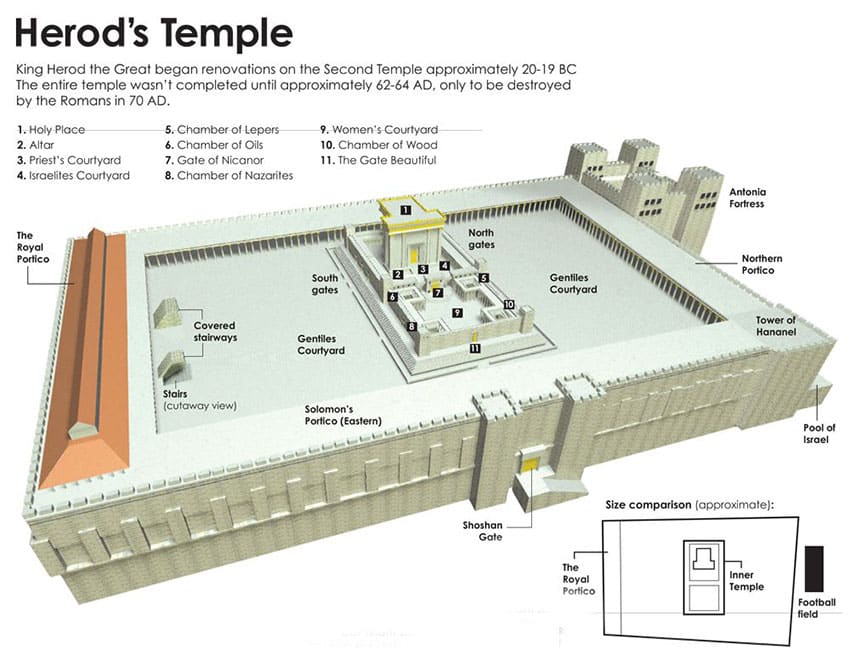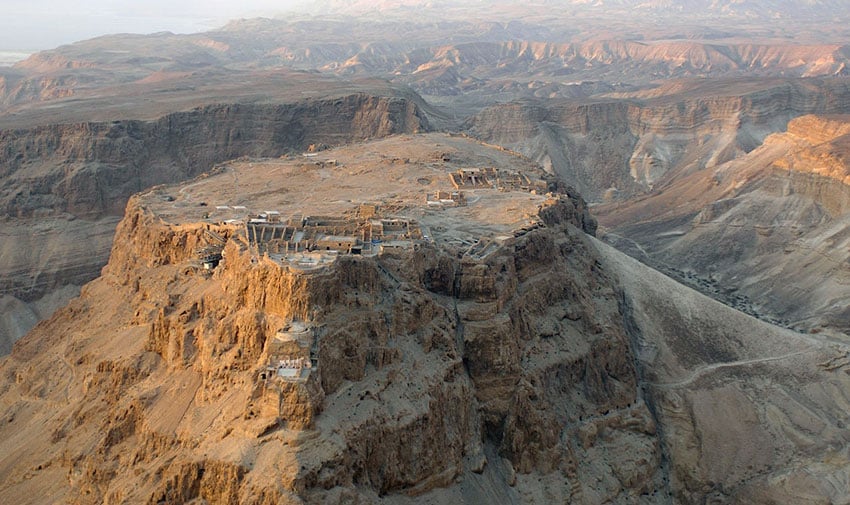
Herod the Great
In the account of the Passion, Pilate sent Jesus to Herod. Is this the same Herod who wanted to kill Jesus just after he was born?
No, this is not the same Herod who wanted to kill Jesus but rather his son, Herod Antipas. There are several Herods in the New Testament, all related to each other. In this column I will write about the Herod the Great, who was king when Jesus was born, and later about the others.
Herod the Great, or Herod I, was born around 74-73 BC and died in 4 BC. Obviously, being the one who wanted to kill Jesus, the year of Jesus’ birth must be placed at 4 BC or earlier (see my book Question Time 3, q. 317).
Herod was born in Idumea, south of Judea, the second son of Antipater, an Idumaean, and Cypros, a Nabatean. His father’s ancestors had converted to Judaism and hence Herod was raised as a Jew. His rise to power was due largely to his father’s good relationship with Julius Caesar, who had entrusted Antipater with the public affairs of Judea.
Herod himself was appointed provincial governor of Galilee around 47 BC, when he was in his late twenties. During that time he came to have a good relationship with Sextus Caesar, the acting Roman governor of Syria, who appointed him general of Coelesyria and Samaria, expanding his sphere of influence. He enjoyed the backing of Rome but his brutality was condemned by the Jewish council, the Sanhedrin.

In 41 BC Herod and his brother Phasael were named tetrarchs by the Roman leader Mark Antony, in order to support Hyrcanus II, the ruler of Judea. When Hyrcanus was overthrown by his nephew Antigonus, Herod went to Rome where he pleaded with the Romans to restore Hyrcanus to power. To his surprise, the Senate appointed Herod himself King of the Jews in 37 BC. It is to be noted that the title King of the Jews was a civil title granted by the Romans, not a spiritual one granted by the Jews.
Herod then returned to Judea where, in a war lasting three years, he won back the kingship from Antigonus. He married Hyrcanus’s granddaughter Mariamne in an attempt to secure his claim to the throne and to gain favour with the Jews. Since he was already married to Doris, with whom he had a young son named Antipater, he chose to banish Doris and her son. Herod remained king of Judea until his death. He was, in a sense, a vassal of the Roman Empire and was expected to support the interests of the Romans. Over the years he had 10 wives.
Herod suffered from paranoia and had several high-ranking people put to death who posed a threat to his reign. Among those executed were several members of his own family, including his wife Mariamne I and her son Antipater, her mother Alexandra, his brother-in-law Kostobar, and his own sons Alexander and Aristobulus. To protect himself he had a personal bodyguard of 2000 soldiers. In view of his deep-seated fear of being overthrown and his cruelty, it is not surprising that when the three Wise Men said they wanted to worship Jesus, the King of the Jews (cf. Mt 2:1-2), Herod sought to kill Jesus too (cf. Mt 2:16).

Although he publicly identified himself as a Jew, the authenticity of his faith was questioned by many and his decadent lifestyle and cruelty only added to the antipathy of observant Jews. He made attempts to conform to the traditional Jewish laws and customs, but there were more instances where he was insensitive. For example, he introduced foreign forms of entertainment and erected over the entrance of the temple a golden eagle, which was considered a pagan idolatrous symbol.
Herod was renowned as a great builder. He rebuilt the temple in Jerusalem along with such other projects as the harbour at Caesarea, the fortresses of Masada and Herodium, and the pagan city of Sebaste.
Before his death Herod provided for his succession by dividing his kingdom among three of his sons. Herod Archelaus was ruler of Judea, Herod Antipas tetrarch of Galilee and Peraea, and Philip tetrarch of territories north and east of the Jordan. Since he did not confirm his will, none of them received the title of king.
